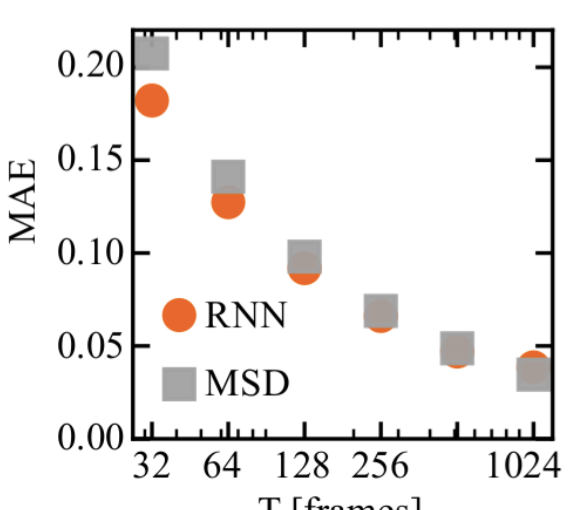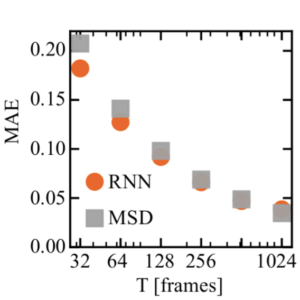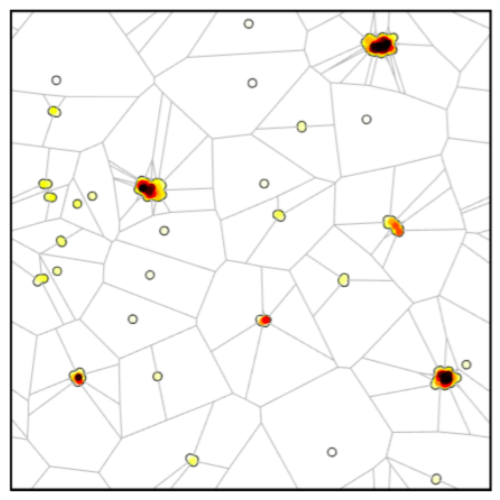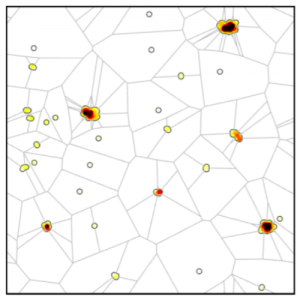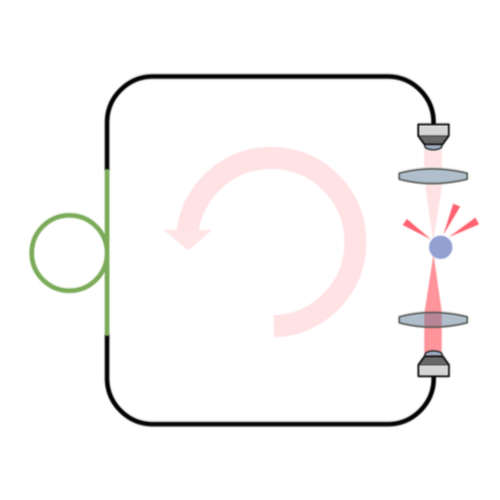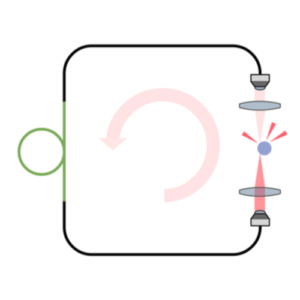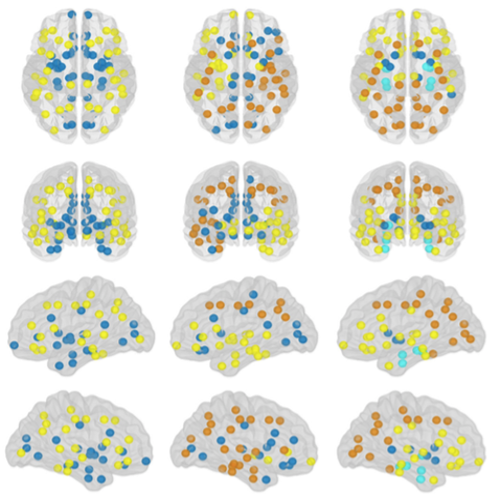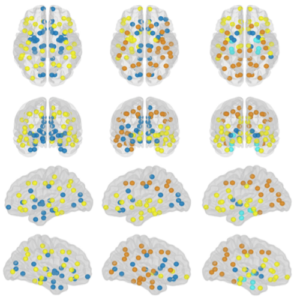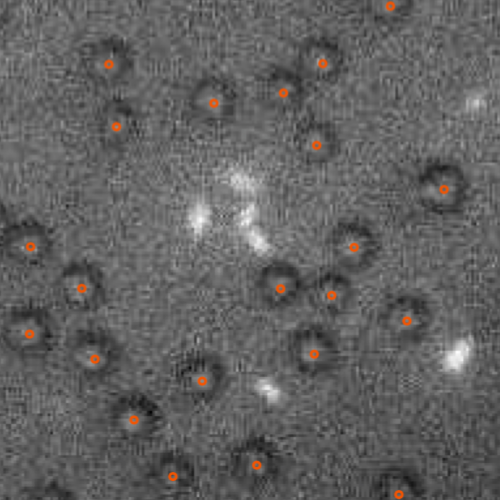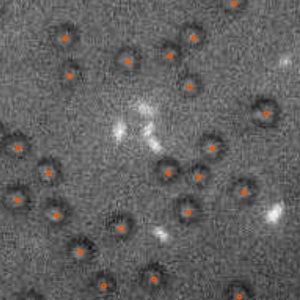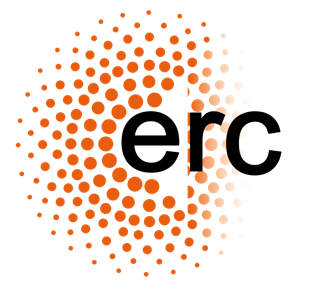Deep Learning Applications in Photonics and Active Matter
Giovanni Volpe
Invited talk at the “Microscale Motion and Light” MPI-PKS Workshop, Dresden, Germany, 22-26 July 2019
https://www.pks.mpg.de/mml19/
After a brief overview of artificial intelligence, machine learning and deep learning, I will present a series of recent works in which we have employed deep learning for applications in photonics and active matter. In particular, I will explain how we employed deep learning to enhance digital video microscopy [1], to estimate the properties of anomalous diffusion [2], and to improve the calculation of optical forces. Finally, I will provide an outlook for the application of deep learning in photonics and active matter.
References
[1] S. Helgadottir, A. Argun and G. Volpe, Digital video microscopy enhanced by deep learning. Optica 6(4), 506—513 (2019)
doi: 10.1364/OPTICA.6.000506
[2] S. Bo, F Schmidt, R. Eichborn and G. Volpe, Measurement of Anomalous Diffusion Using Recurrent Neural Networks. arXiv: 1905.02038
